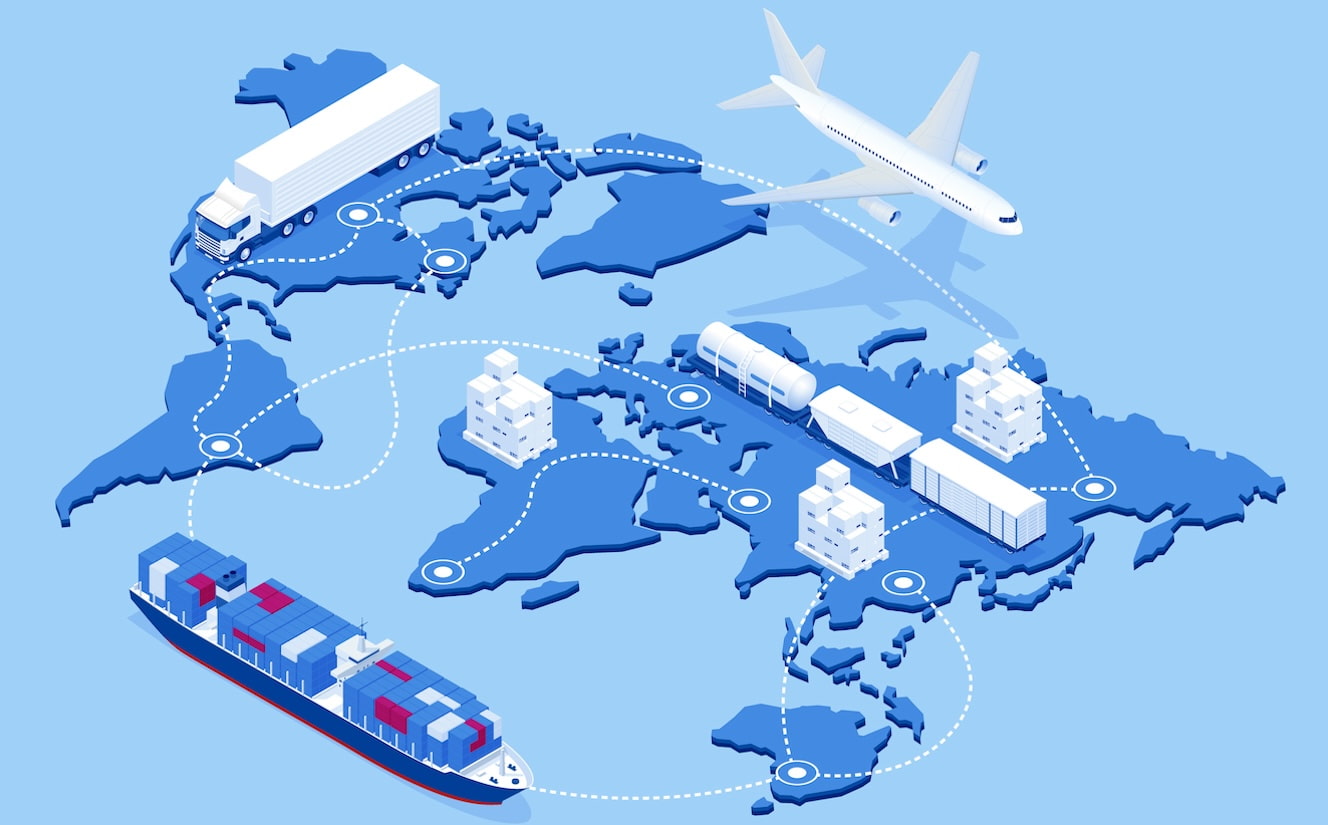Introduction: Why Are Global Shipping Costs Still High in 2025?
In 2020–2022, international shipping prices surged due to COVID-19 disruptions, container shortages, and global port congestion. While many expected a return to pre-pandemic rates by 2024, 2025 has proven otherwise. Despite some corrections, international shipping prices remain stubbornly high — and for certain routes and cargo types, they’ve actually increased.
Why is that happening? And more importantly, how can businesses and individual consumers adapt?
Platform Comparison: How GoNest Stacks Up in 2025
To provide a clearer view of international shipping platforms, we evaluated several popular parcel forwarders based on the following criteria:
- Pricing Transparency
- DDP Support
- Sensitive Goods Handling
- Delivery Time
- Customs Clearance Support
- Volumetric Billing Rules
| Platform | Pricing Transparency | DDP Support | Sensitive Goods | Avg. Delivery Time | Volumetric Billing | Notes |
|---|---|---|---|---|---|---|
| GoNest | ✅ Clear itemized quote | ✅ Yes | ✅ Full support | 7–15 days | ✅ Only for select lines | Best for fashion, resellers |
| Superbuy | ⚠️ Partial | ❌ No | ❌ Limited | 10–20 days | ❌ Volumetric always | Consumer-focused, not seller-optimized |
| 4PX | ❌ Complex fee tiers | ⚠️ Partial | ⚠️ Case-by-case | 8–20 days | ❌ Always used | Used by AliExpress/Shein |
| ParcelUp | ✅ Moderate clarity | ✅ Yes | ⚠️ Moderate | 9–18 days | ✅ Some exemptions | Competitive but fewer line options |
| CNstorm | ⚠️ Limited quote visibility | ❌ No | ❌ Not supported | 12–25 days | ❌ Always used | Not optimized for e-commerce volumes |
Verdict:
For users shipping sensitive items (replica shoes, branded goods, electronics) or who prioritize DDP with customs risk control, GoNest offers the clearest pricing structure and the most reliable delivery system among peers.
Customs Difficulty by Country (2025 Updated Ranking)
Understanding the customs clearance environment in the destination country is crucial — especially when shipping high-risk or high-value goods.
| Country | Difficulty Level | Key Notes |
|---|---|---|
| Germany | High | Strict documentation checks, low tolerance for underdeclared values |
| France | High | Sensitive to IP-infringing goods, random inspections common |
| Saudi Arabia | High | Religious/cultural restrictions, bans on many items |
| UAE | Medium | Reasonable with DDP, but slow for electronics, perfumes |
| Australia | Medium | Clean declaration needed, issues with supplements |
| UK | Medium | Post-Brexit friction, predictable with good invoices |
| USA | Medium | Enforces IP violations harshly, delays with large boxes |
| Philippines | Low | Smooth with forwarders; issues if declared too low |
| Malaysia | Low | Efficient, DDP-friendly, low random inspection rate |
| Thailand | Low | Flexible with DDP, good for sensitive goods via partner lines |
Tip: Countries marked “High” require accurate invoices, clean item declarations, and reliable forwarder DDP service to reduce risk of seizure or duty hikes.
Final Thoughts: Don’t Just Compare Prices — Compare Intelligence
In 2025, shipping cost is just one piece of the equation. True savings come from using forwarders who:
- Understand customs behavior per country
- Optimize for volumetric or weight billing (whichever is lower)
- Provide live pricing tools
- Specialize in “sensitive” goods
- Deliver end-to-end service — not just “send and forget”
GoNest is currently one of the few platforms built around this intelligence layer — making it especially suitable for international resellers, brand-conscious consumers, and cross-border shoppers who care about cost, compliance, and consistency.
Global Snapshot: What Are Shipping Prices Like in 2025?
According to the Freightos Baltic Index, the average spot rate for a 40-foot container in May 2025 is:
- China → US West Coast: $3,250
- China → Northern Europe: $4,100
- China → Middle East (e.g., Dubai): $3,600
- China → Africa (e.g., Lagos, Nairobi): $5,200
By comparison, the same lanes cost:
- ~$1,400–$2,200 in 2019 (pre-COVID average)
- ~$10,000+ during peak 2021
Although prices have fallen from their 2021 peaks, they’re still 1.5–2X higher than historical norms.
Why Are Prices Still High?
- Carrier Consolidation: Fewer players means less competition and tighter control over pricing.
- Port Congestion: Labor shortages and geopolitical disruptions still affect key ports.
- Fuel & Green Regulations: Emissions rules have raised operating costs.
- E-commerce Volume: Remains higher than 2019, straining logistics capacity.
Real Examples: Shipping Cost Comparisons from China in 2025
To understand the current shipping landscape, we ran cost comparisons using GoNest.
| Destination | Shipping Line | Total Cost (RMB) | EUR/USD Equivalent |
|---|---|---|---|
| UK | Europe General Line | ¥157.50 | ~€20.30 / $22.10 |
| Germany | Special Cargo Line | ¥159.75 | ~€20.60 / $22.50 |
| UAE | Sensitive Goods Line | ¥189.00 | ~AED 95 / $26.70 |
| USA | Air Line DDP | ¥145.00 | ~$20.35 |
| Australia | Air Express | ¥178.00 | ~$26.00 |
| Saudi Arabia | Special Line | ¥188.00 | ~SAR 98 / $26.50 |
Note: Rates are for reference only, based on GoNest’s real-time calculator.
GET IN TOUCH
Let us Send You a Quote
What This Means for Businesses and Consumers
For e-commerce sellers: Build shipping costs into pricing models and use forwarders for risk management.
For resellers and agents: Consolidate packages and choose transparent logistics partners.
For consumers: Expect higher prices for fast delivery and watch out for freight markups.
How to Avoid Unnecessary Shipping Costs
- Use Real-Time Calculators: Avoid hidden fees with upfront quotes.
- Avoid Volumetric Surprises: Understand how size affects pricing.
- Choose DDP Over DDU: DDP includes taxes and clearance; DDU can cause delays.
